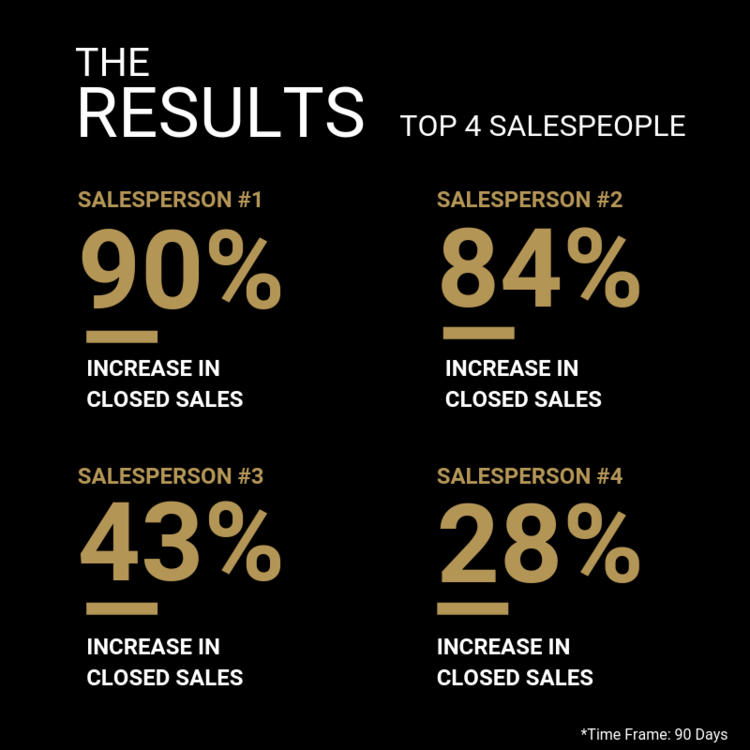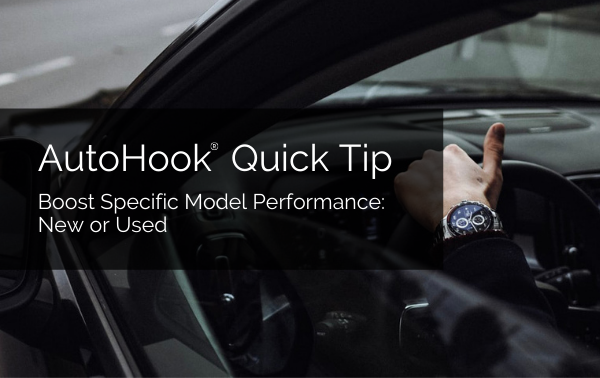Congratulations to the 2018 Hyundai Board of Excellence Winners!
9 out of 10 award-winning dealers use AutoHook to get buyers in their showroom for a test drive
Hyundai USA announced their official 2018 year-end best of the best dealerships. Congratulations to all honored with Hyundai’s Board of Excellence Award, recognizing a select group of dealers nationwide that excel in sales efficiency, sales volume, and customer service.
The following locations and the people that lead them have ranked among the top 35 across the U.S. in volume and in the top five for sales efficiency. Ninety percent of the stores recognized, or 9 out of 10 award-winning dealerships, use AutoHook to drive more buyers to their showroom. AutoHook and Urban Science are honored to serve the top performers of Hyundai’s dealer network.
Cheers to Hyundai’s best of the best!
ABC Hyundai, John A. Staluppi, Jr.
Advantage Hyundai, John A. Staluppi
Arapahoe Hyundai, H. David Zinsmeister
Atlantic Hyundai, John A. Staluppi
AutoFair Hyundai, Walter Wick
Automax Hyundai of Norman, M. Max Fairchild
Ciocca Hyundai, Gregg Ciocca
Coconut Creek Hyundai, Edward Appleby
Coggin DeLand Hyundai, David S. Hult
Colonial Hyundai of Downingtown, Jeffrey D. Feldman
Edwards Hyundai, David Edwards
Fort Mill Hyundai, Terry R. Taylor
Fred Beans Hyundai, Frederick W. Beans
Freehold Hyundai, Carmelo Giuffre
Friendship Hyundai of Johnson City, Steven M. Walters
Hanford Hyundai, Jose Arredondo
Hatfield Hyundai, Bryan S. Smith
Healey Hyundai, Dwight Healey
Hudson Hyundai, Joseph Difeo
Hyundai of Auburn, Robert Buntin
Hyundai of Cookeville, Terry R. Taylor
Hyundai of Las Vegas, John A. Staluppi, Jr.
Hyundai of New Port Richey, Scott Fink
Island Hyundai, Joshua B. Aaronson
Jenkins Hyundai, Donald R. Jenkins
Jerry’s Hyundai, Jerry Durant
Keyes Hyundai, Howard Keyes
Lester Glenn Hyundai, Stanley Kraushaar
Napleton’s Valley Hyundai, Edward F. Napleton
Norm Reeves Hyundai Superstore, David Conant
Ontario Hyundai, Richard J. Romero
Potamkin Hyundai, Alan H. Potamkin
Puente Hills Hyundai, Sam Lim
Ricard Hyundai, Rhett C. Ricart
Rick Case Hyundai, Richard J. Case
Rick Case Hyundai, Rita M. Case
Ron Carter Hyundai, Bob Abernathy
South Point Hyundai, Scott Stark
Southtowne Hyundai of Newnan, Harold M. Philipson
Springfield Hyundai, Robert Potamkin
Texan Hyundai, Edward Heard
Towne Hyundai, Susan Brauer
Tuscaloosa Hyundai, Barry Buckner
Webb Hyundai, J. Michael Webb























